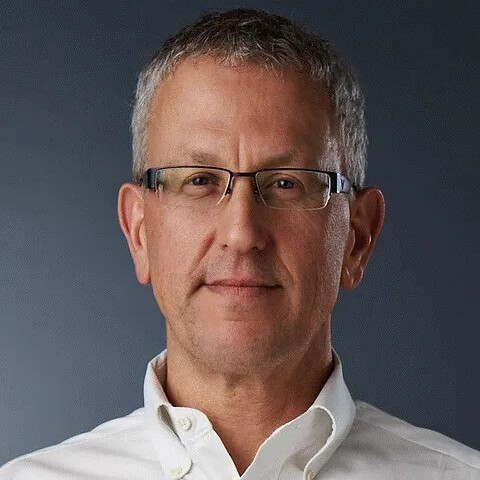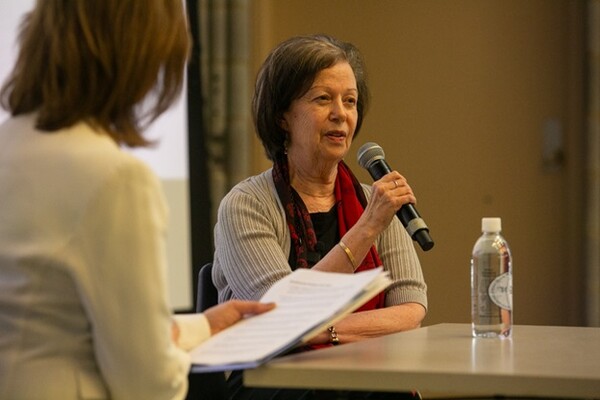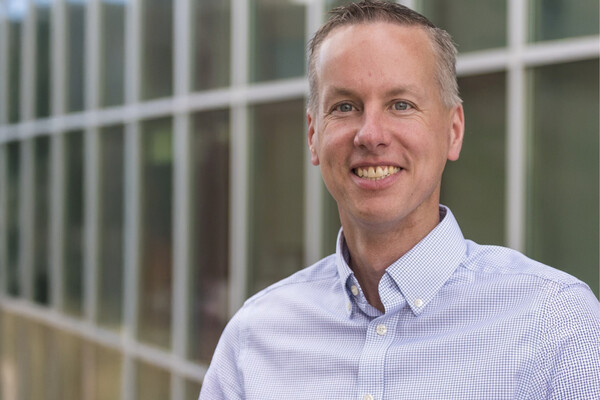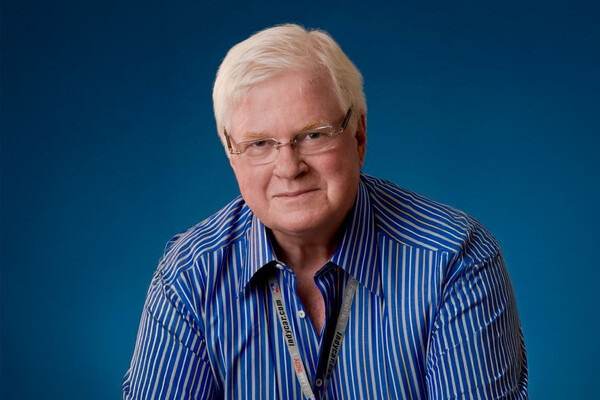Main Second Level Navigation
Breadcrumbs
- Home
- News & Events
- Recent News
- Temerty Medicine Alum: Gary Gershony on Medical Entrepreneurialism
Temerty Medicine Alum: Gary Gershony on Medical Entrepreneurialism

Temerty Medicine alumnus Gary Gershony (MD ’79, PGME Medicine ’84) completed both his undergraduate medical and cardiology training at the University of Toronto.
A practicing interventional cardiologist for more than 30 years, Gershony also founded and ran two successful medical device companies: Vascular Solutions and AngioScore. During this period he also served as Director of the Cardiac Catheterization Laboratories and Interventional Cardiology at the University of California, Davis Medical Center (1993-97) and Director of Cardiovascular Research, Education and Technology at the John Muir Health Cardiovascular Institute (2012-2021).
Gershony is still actively involved in medical entrepreneurialism as a consultant, mentor and early-stage investor. He also recently established the Alisa Abrahams Memorial Award for Entrepreneurship in Medicine at U of T in memory of his sister, to annually support a medical student who demonstrates interest in healthcare entrepreneurship and medical innovation.
In recognition of U of T's Entrepreneur Week, we chatted with Gershony about his career as a medical device entrepreneur and the future of medical entrepreneurialism in Toronto.
As an MD student, what sparked your interest in cardiology?
In your early years of training, you’re highly influenced by your mentors. When I needed to choose a specialty, I remember walking through the hallowed halls of Toronto General Hospital where I interned and saying to myself, “I really don’t know what I should do.” I discussed it with one of the more senior residents, Allan Detsky (PGME Medicine ’82), who seemed to think cardiology would be a good fit for me, even though it was very competitive.
Allan advised me to get to know the chair of U of T cardiology and find out ways I could be useful to the program during my residency, with the goal of helping me prepare for an eventual application. That was probably one of the most helpful pieces of advice I received early in my career, but there were so many other clinicians who all encouraged me on that path. Ultimately, I got into the cardiology program, and eventually became interested in interventional cardiology.
You completed a fellowship in that field under Andreas Grüntzig, the inventor and first practitioner of angioplasty. How has that influenced your career?
It was incredibly influential. In the early ’80s, Grüntzig had moved from Switzerland to Emory University in Atlanta to establish the first academic clinical training program in interventional cardiology. He was already world-famous. I felt very privileged to be accepted into the program. He was iconoclastic and charismatic in a bold way — innovative, groundbreaking, always thinking outside the box. He was also a perfectionist and really pushed for the best-possible outcomes for his patients. We all do that, as practitioners, but through that lens of innovation and radical thinking he found solutions that others didn’t.
I applied a lot of those learnings in both my academic career and in my practice, and of course as an entrepreneur. Andreas reinforced the idea that practitioners are ideally positioned to solve a lot of medical problems, but they need to stretch their thinking and challenge the status quo in order to do it.
How did you get into starting your own medical device companies?
It came out of my clinical practice. I continually ran into problems for which we didn’t have solutions. For example, when we were doing minimally-invasive cardiac procedures, we still needed to make a puncture or hole in the femoral artery. To protect the target coronary artery while it healed, we often had to administer very high doses of blood thinners, which impeded healing of the femoral artery access site. It was a double-edged sword.
My first innovative approach was to develop a device to help seal the puncture in the femoral artery access site. I worked on a back-of-the-napkin concept on my own, then identified some early-stage engineers who also connected me to funding support. At UC Davis I had access to more resources and was able to further test and develop the devices.
When I reached a certain point with the technology, I realized I needed more support. I had relationships with the large companies that made the medical devices I used, as many interventional cardiologists do. I could’ve worked with one of them to develop my products. However, there were enough people in my sphere who were willing to invest that I started my own company instead. I found someone who would be a good business partner and encouraged him to join me as CEO in 1996. We called the company Vascular Solutions.
The company had a successful IPO on NASDQ in 2000, and I stayed on for two more years after that. Ultimately, I decided I was a foremost a clinician and returned to practicing exclusively for a while.
So how did AngioScore start up?
I found more problems! I also missed the start-up environment. Not only had I made an impact on cardiovascular medicine by bringing a needed new technology into the market, but I had also employed several hundred people. And I missed working in teams. As a medical practitioner, you may have an assistant who helps you, but generally they’re following your orders. In the business world I had come to understand how critical teamwork was, particularly for complicated processes.
Within a year of returning to my cardiology practice, an opportunity presented itself. I found myself meeting regularly with a talented group of like-minded biomedical engineers, brainstorming about solutions to the problems I’d been encountering. One such problem was severe calcification and plaque build-up in coronary and peripheral arteries, which made some of these vessels impossible to open with conventional balloon catheters. We developed a specialized balloon catheter with a scoring element attached to it, so it could more effectively open these blocked arteries. That was the AngioSculpt Scoring Balloon Catheter. The company, AngioScore, was eventually sold in 2014 and the products are now owned and marketed by Philips.
How are you now involved with medical entrepreneurship?
For the last few years, I’ve been very active in the San Francisco Bay Area angel investor community, mentoring companies and helping them secure financing. More recently, along with a partner who had spent twenty years in the financial sector, I founded an early-stage venture capital firm called BayMed Venture Partners.
I also continue to have a lot of interaction with the medical entrepreneurship ecosystem in Canada and in Toronto. Just several weeks ago I spent two days with a group that brings Canadian entrepreneurs in life sciences to Silicon Valley called Canadian Entrepreneurs in Life Science (www.cels-sfo.com). It’s not directly affiliated with the University of Toronto but many of the people in the group are affiliated with U of T as graduates or through their work and the innovation hubs there. I’ve also come to Toronto several times to give talks at different entrepreneurial conferences, often because of my relationship with faculty at U of T. Lastly, I’m also a member of U of T’s U.S. West Coast International Leadership Council, helping U of T build relationships with the Bay Area life science startup ecosystem.
Could U of T ever become a hub for a “Silicon Valley North”?
I think U of T has a lot of the essential ingredients. It has outstanding expertise in clinical medicine, engineering, science and business, but within separate faculties. I’d like to see a program where faculty from across relevant disciplines actively collaborate to help students bring medical innovations to life, and to market. The award I recently established is a nod to that — over time I hope I can encourage development of a larger-scale program.
News


